последние новости
Категории продукта
Горячий Продукты
-

Премиум Настольный теннис для чемпионатов Волант Кинг
Этот стол для настольного тенниса подходит для чемпионатов. Утверждено ITTF и NSCC. Серебряная ходовая часть + синий свет
Подробнее -
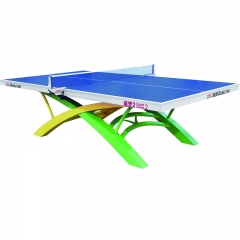
Официальный настольный теннис для турнира Volant Dream 2
Официальный стол для пинг-понга Volant Dream 2 для международных соревнований, разработанных компанией Double Fish Sports.
Подробнее -
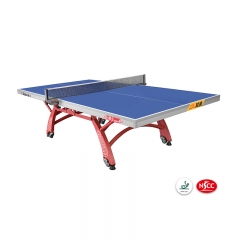
Официальный стол для настольного тенниса для Competitons XIANGYU 328
Премиум двойной складной стол для настольного тенниса, компактный дизайн Новая система складывания сводит к минимуму риск получения травм при хранении и перемещении стола. Утвержденный ITTF стол для настольного тенниса.
Подробнее -
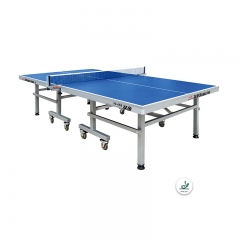
Официальный прочный настольный теннис для World Tour 99-45B
ITTF утвердил официальный прочный стол для настольного тенниса для международного турнира. Толщина столешницы: 25 мм КАЧЕСТВО ТУРНИРА - Этот профессиональный класс предназначен для самого высокого уровня конкуренции. СОВЕРШЕННО ДЛЯ СЕМЕЙ - предлагает премиум-игры для всех возрастов. Идите голова к голове или сложите для индивидуальной практики. 2-дюймовые тяжелые опоры стали выдерживают самые сложные проблемы. Отличный центр для игровой комнаты, логова или тренажерного зала. ЛЕГКАЯ СБОРКА - Играйте в считанные минуты с простой сборкой. Высококачественная сеть оснащена фиксирующими зажимами, которые легко прикрепляются.
Подробнее -
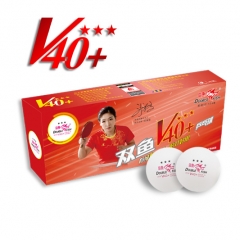
Лучшее качество Double Fish V40 + Volant 3 звезды Настольный теннис
Double Fish V40 + Volant 3 звезды Настольный теннисный мяч подтверждает ITTF последние технические стандарты T3.
Подробнее -
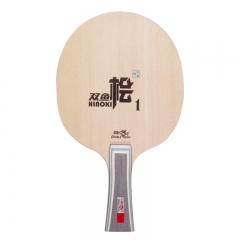
Double Fish QIJI Круглый настольный теннис
Double Fish QIJI универсальный настольный теннис, который является самым продаваемым настольным теннисом для настольного тенниса, идеально подходит для традиционного игрового мира
Подробнее
Происхождение Double Fish – развитие фабрики по настольному теннису в Гуанчжоу (Часть 1)
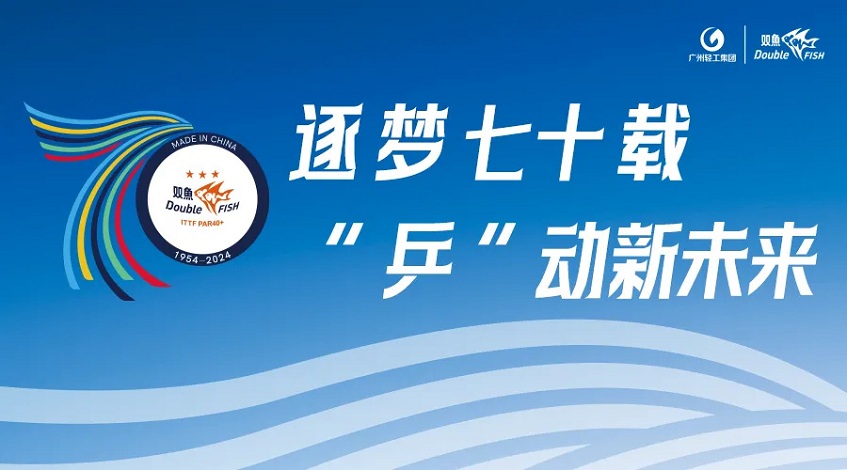
С момента основания Китайской Народной Республики Гуанчжоу неуклонно содействовал процессу социалистической индустриализации и модернизации, реализуя пятилетний план национального экономического и социального развития. В этот период в Гуанчжоу первоначально была создана социалистическая экономическая система, заложившая основу для всестороннего развития социалистического строительства.
Осенью 1959 года в пустынном сарае с соломенной крышей в Дунтоудзи, к востоку от Гуанчжоу, проходило важное заседание партийного комитета. Секретарь филиала Ляо Хунлуэ передал решение районного комитета прекратить работу более 30 заводов пищевой, культурной и образовательной промышленности в центральном районе③ для строительства здесь базы по производству химического сырья. На встрече все обсудили и сформировали новый завод с самостоятельным учетом, взяв с каждого завода инженерное оборудование и рабочих. Вскоре начальство согласилось на их предложение и дало строгие указания: «Допускается только успех, неудачи не допускаются». Таким образом, появилось название «Пищевой химический завод Чэнгун».
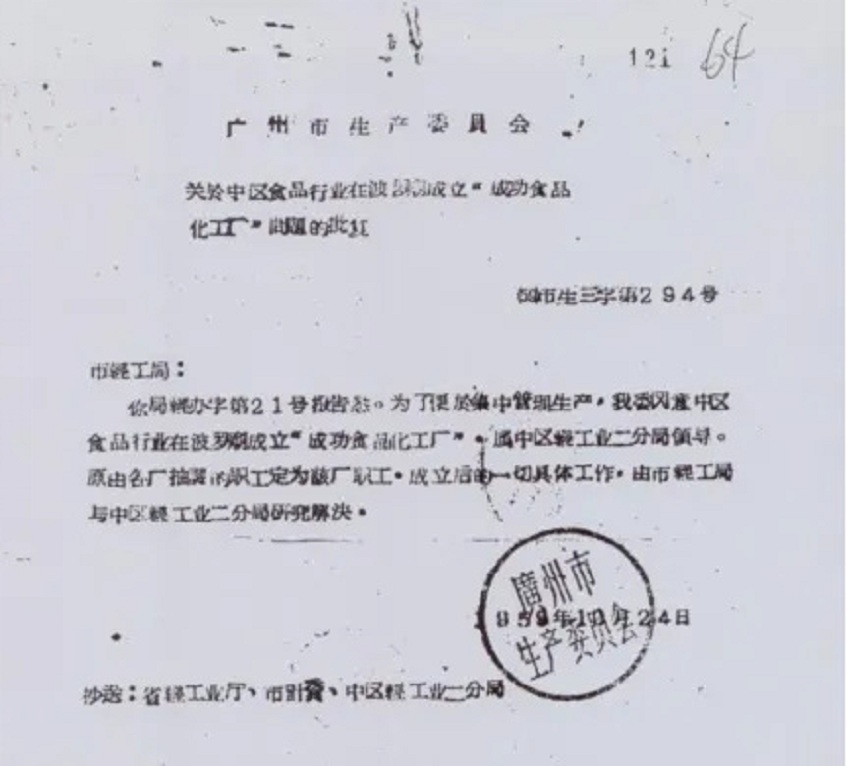
Ответ Муниципального производственного комитета Гуанчжоу о создании пищехимического завода Чэнгун
В марте 1960 года новая фабрика решила переехать на новое место Храма Поло ④ на северном берегу ⑤. Грубый и бесплодный склон холма, новая фабрика со скудным «фундаментом» столкнулась с невзгодами «неба над головой и пустыни под ногами». Можно ли работать на заводе в такой ситуации? Рабочие заявили: «Люди, которые едят готовые блюда, станут мягкими. Как бы тяжело это ни было, это не так тяжело, как жить в соломенной хижине и спать на грязи, когда они впервые приехали в Дунтоудзи.
«①Содержание этой статьи в основном составлено на основе исторических данных о фабрике настольного тенниса Чэнгун и 303-304 страниц тома 5 (часть 1) «Городских хроник Гуанчжоу».
②По воспоминаниям Ли Чжоучана, старой фабрики директор фабрики настольного тенниса Чэнгун в Гуанчжоу в 1980-х годах, Дунцзяо Дуньтоуцзи находится недалеко от Наньгана в районе Хуанпу.
③ Центральный район был упразднен в 1960 году, и большая часть Центрального района была передана нынешнему району Юэсю, а несколько территорий были переданы Ливаню. Район и район Хайчжу
④Храм Поло, также известный как Храм Наньхай и Восточный храм, расположен в деревне Мяотоу района Хуанпу, Гуанчжоу. Он был построен в 14-м году правления Кайхуана во времена династии Суй (594 г.). история насчитывает более 1400 лет.
⑤ Поскольку завод расположен недалеко от устья Жемчужной реки, состав окружающей морской воды влияет на производство химического сырья, поэтому было решено переместить завод в более подходящее место. "
There are ways to deal with poverty. If there is no house, build it yourself!" So, they transported all the building materials from Duntouji - whether it was a straw shed, bricks and tiles, or a stove, or even a newly planted peach tree - across the river without omission, and started to build a new factory on this barren land. On this barren hillside, cadres, workers, and hundreds of heroes were engaged in base construction. Those who burned lime, carried sand and water, moved bricks to build walls, and nailed metal frames... During the day, it was steaming; at night, it was bustling. Everyone was united, and the soil turned into gold, and the factory buildings and dormitories were built.
Although the factory building was built, it still faced many challenges. But the workers were not afraid of difficulties and began to use local methods to produce chemical products to meet the urgent needs of industrial production at that time. They set about producing basic chemical raw materials such as hydrochloric acid, pure sulfur, ethanol, monomer flavors, barium sulfide and hydrosulfuric acid, and supplied them to many factories including the Asia Soda Factory to support the development of Guangzhou's industry.
At this time, the table tennis sport in New China had gradually developed, constantly pushing the domestic table tennis sport to a new peak.
In 1959, the world was shaken by a Chinese athlete. On April 5 of that year, the 25th World Table Tennis Championships was held in Dortmund, the former West Germany. The 21-year-old table tennis player Rong Guotuan defeated many world players in succession, and finally faced the Hungarian veteran Sido who had won the world championship nine times. Rong Guotuan played steadily after losing the first game, and finally won three games in a row, winning the men's singles world championship for China. This is the first world championship since the founding of New China.

The 25th World Table Tennis Championships, Rong Guotuan is in full swing
Almost at the same time as Rong Guotuan won the championship, the International Table Tennis Federation agreed to host the 26th World Table Tennis Championships in Beijing. After the news came out, people rushed to tell each other, and all parties showed concern and support. Welcoming the "26th" and playing well in the "26th" has become a major event across the country. As a result, the table tennis craze swept across China, and the demand for table tennis equipment increased day by day.
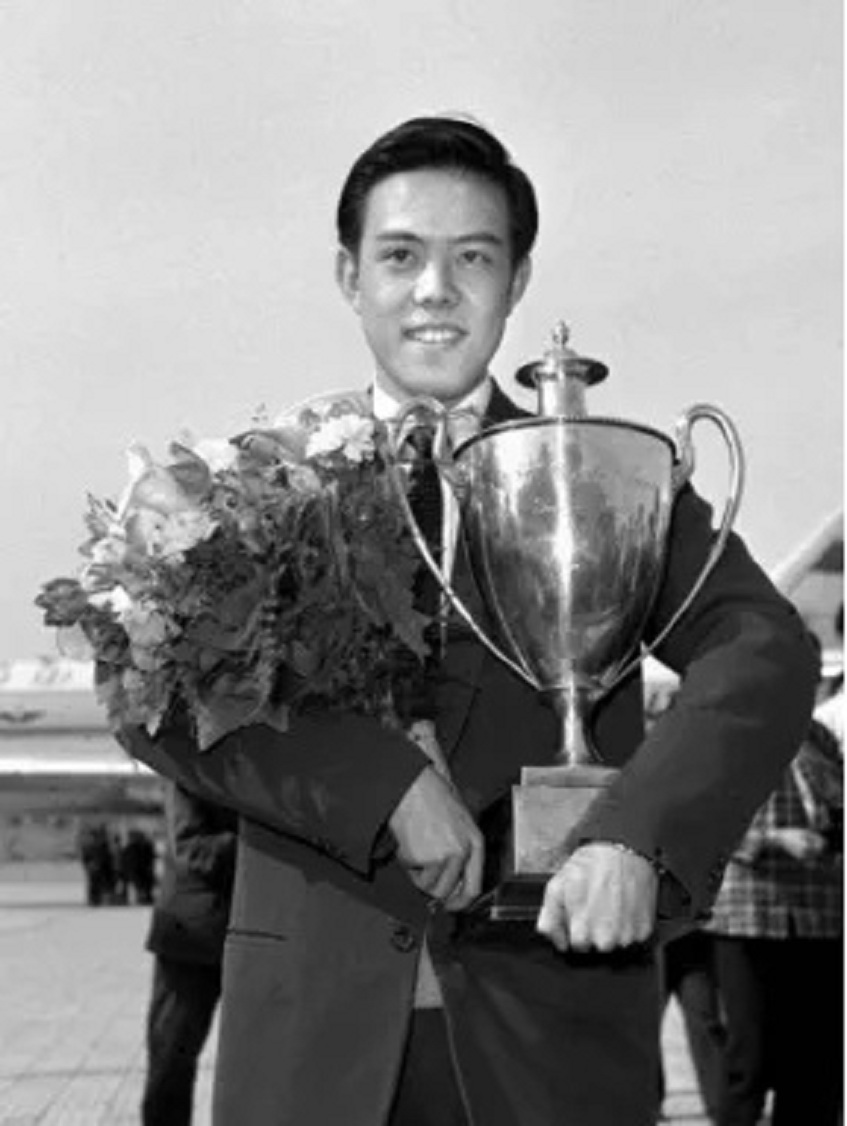
China's first world champion Rong Guotuan
In 1960, in response to Chairman Mao's call for "developing sports and strengthening the people's physique" and to meet the people's need for table tennis when developing sports, in September of that year, the superiors decided that the future product task of Chenggong Factory would be to produce table tennis. The factory name was changed to Chenggong Table Tennis Factory, and it was decided to integrate a table tennis trial production team of Guangzhou Guoqun Musical Instrument Factory ⑥ into it. Unexpectedly, this production conversion decision determined the fate of the birth of the first professional table tennis factory in Guangzhou, and even had a profound impact on the development of Chinese table tennis equipment!
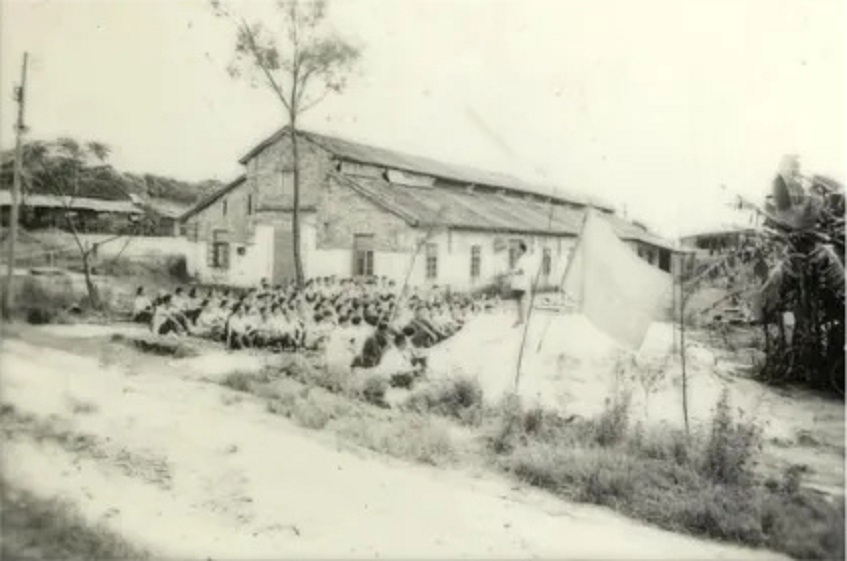
The appearance of the factory near the Polo Temple in the last century
When the Chenggong Table Tennis Factory received the task of switching to the production of table tennis balls, it faced many difficulties: first, it had no technology to produce table tennis balls; second, it had no machinery and equipment, only a few simple tools such as vises, hand drills, and broken bellows; third, it had no industrial water, only a drinking well; fourth, it had no suitable factory buildings, only four borrowed earthen houses for temporary residence. All the employees of the factory carried forward the spirit of "self-reliance and hard work", relying on simple tools to make parts and equipment; dig channels and build pools to draw mountain water, and use cars to draw river water during droughts; build earth stoves, borrow large pots, and use boiling water to "cook" table tennis balls⑦
"⑥According to the "Guangzhou City Annals", in the early 1950s, Guangzhou Guoqun Musical Instrument Factory once produced toy table tennis balls, with a monthly output of about 50,000.
⑦The original table tennis ball process: First, the 0.55 mm thick raw material is cut into discs through a punching process. Then, these discs are heated in hot water to soften, and then placed in a pressing mold and pressed into two hemispherical shapes with edges. After the initial forming is completed, the edge rings of the two hemispheres are cut off to ensure the neatness and uniformity of the edges. Subsequently, the two hemispheres with the edge rings removed are precisely bonded by using a special solvent, and the bonded spheres are soaked in warm water for maintenance. Finally, Put the bonded sphere into the mold and heat it in a medium with a temperature higher than 100 degrees (such as water or wax solution) to eliminate the bonding seams and ensure the overall strength and shape of the sphere. The process of "boiling" ping-pong balls refers to the last step, which is to heat it in a medium with a temperature higher than 100 degrees (such as water or wax solution) to eliminate the bonding seams. "
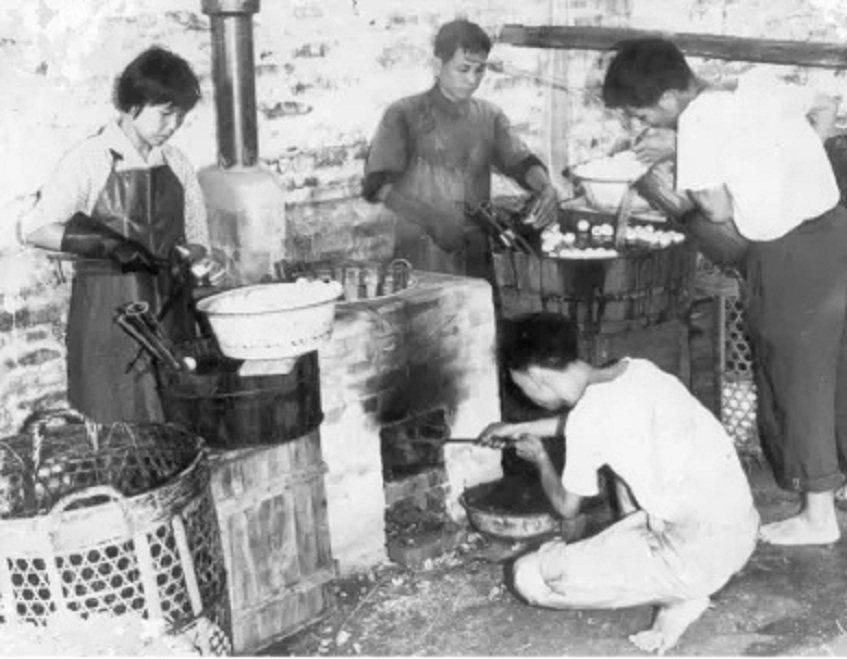
Early ping-pong ball production
Хотя в то время не было торговой марки и четких стандартов качества, эта партия шариков для пинг-понга воплотила в себе бесчисленные усилия и пот старшего поколения людей Double Fish, сияя идеологическим светом «самостоятельности и трудолюбия». ", и наконец-то вышел удачно!























 Overseas business:(020)8431 9554
Overseas business:(020)8431 9554
 13829778212
13829778212